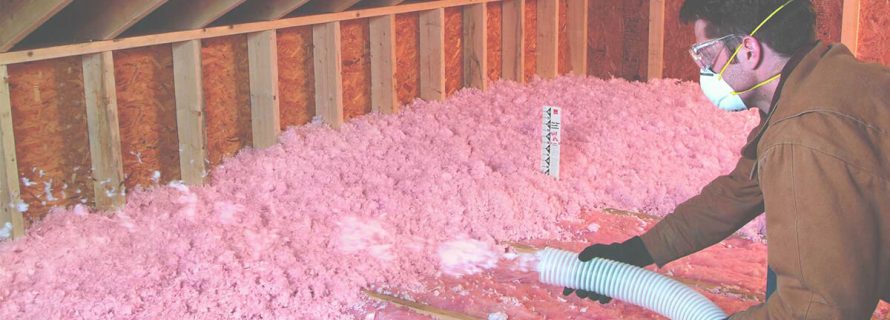Save money and energy through insulation

During the hottest and coldest months, energy bills can skyrocket. Although remembering to turn off your lights is one part, the other thing you can do is use a power strip. The use of a power strip ensures that you can shut down all of your electronics with one flick of the switch and not have them in stand by mode consuming your electricity all day long. This will help reduce the amount of energy you use. According to the U.S. Department of Energy, up to 50-70 percent of a home’s energy is used in heating and cooling the house.
Families who see their heating or electrical bills more than double in the winter are likely not surprised that heating and cooling can be such a significant aspect of a home’s energy usage. But people may be surprised to know that in many cases the high amount of energy used and the price on the bill can be reduced if they insulate and air seal their homes.
By properly air sealing and insulating your home you will not only save energy, money, but you will also be reducing your carbon footprint. Whether you’re looking to install insulation to a finished basement or in the eaves where heat may be pouring out, it’s important to understand how proper air sealing and insulation can save you a significant amount of money on your energy bills.
Why proper air sealing and insulation works
Heat naturally flows toward cooler air. In the winter, this means that the heat you pay for wants to flow up and out of your home to the frigid outdoors, while in the summer it means that the hot air outdoors wants to come inside your air-conditioned home.
Air sealing is meant to help stop those annoying and costly drafts while insulation is made to reduce the amount of heat that can travel through floors, ceilings and walls – keeping the warm or cool air where it’s supposed to be.
What’s an R-value?
“R” is the resistance of heat flow through a wall, floor or ceiling. The higher the R-value, the better it will insulate. This is why it is important to hire a knowledgeable professional. Insulation not only has to be installed correctly, but the right thickness and R-value must be utilized in the given area so that you don’t over insulate which could lead to potential dry rot issues on your home.
The DOE put together an online calculator that helps people decide which type of insulation will work best for them based on their ZIP code. It helps people in warmer climates differentiate their needs from those with long, cold winters.
According to the DOE, insulation can save homeowners such a significant amount over time that its energy savings can pay for installation costs in just a few years. The best time to add insulation to your home may be during a home renovation project, where sheetrock is off the walls and you already have a professional improving your home.
- Additions and New Construction
- All Exteriors
- Alterations
- Basements
- Bathrooms
- Customer Service
- Customer Stories
- Decks
- Design & Planning Show
- DIY
- Doors
- Educational Resources
- Extreme Makeover Home Edition
- Fashion Show
- General Remodeling
- Green Living
- Handyman Home Services
- Home Decor
- Home Entertainment
- Home Improvement
- Home Improvements
- How to Tips
- In The Community
- Kitchens
- Off-the-Wall Remodeling Stories
- Remodeling
- Resources
- Roofing
- Siding
- Social Media
- Sunrooms
- Tips & Tricks
- Trends
- Windows

